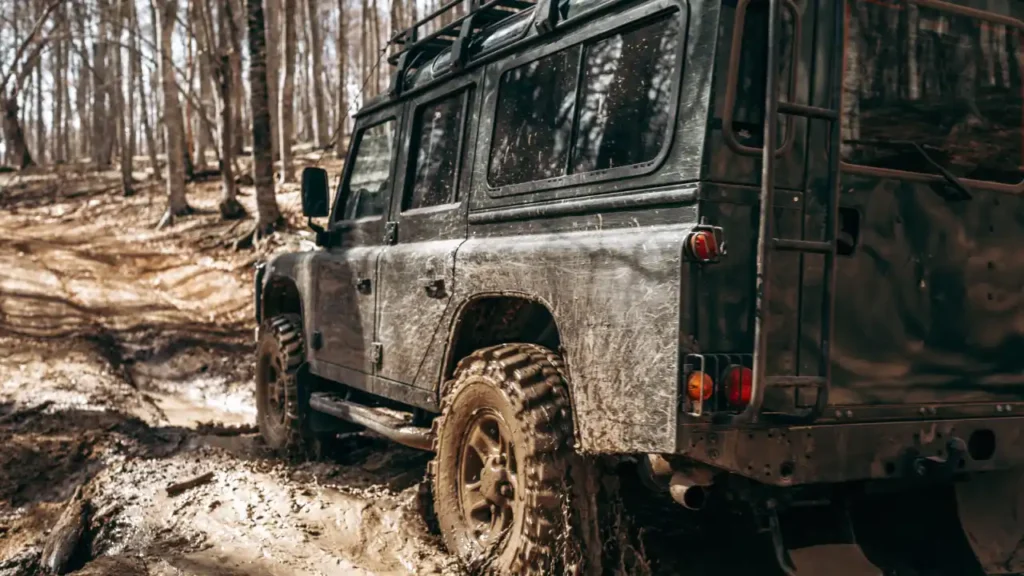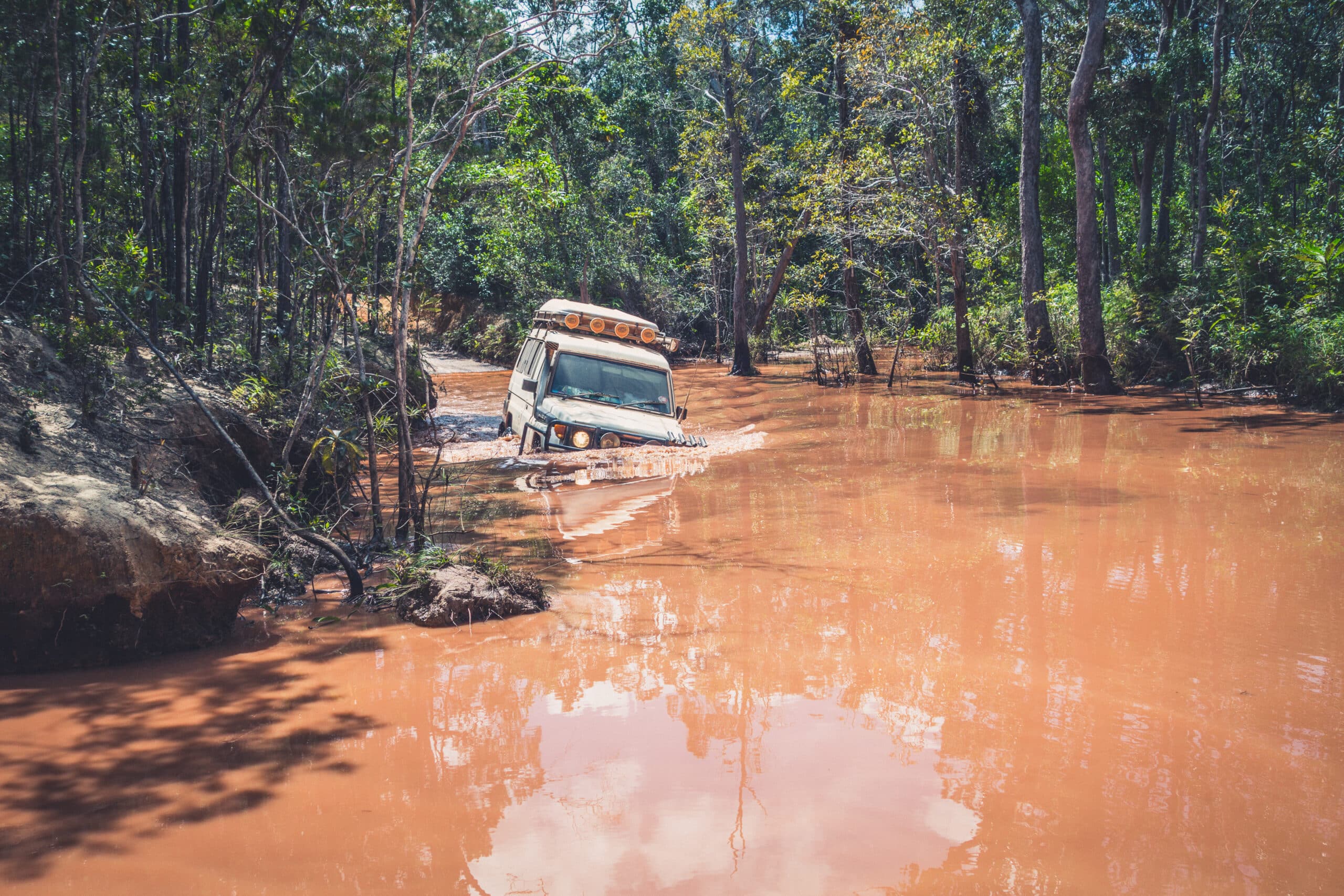
Free monthly entries to ALL giveaways
+1 every month
+5 every month
+10 every month
5%
125
150
350
100
100
50
Cancel membership anytime
Terms apply
apply

Written by
Admin
Published
August 20, 2024
Australia’s diverse landscape offers an adventure playground for off-road enthusiasts. From the rugged outback tracks to coastal sand dunes, each terrain presents its own set of challenges. In this guide, we will explore some of the tried-and-tested techniques for conquering Australia’s most challenging off-road conditions.
Before embarking on any off-road adventure, it is essential to understand the terrain you’ll be traversing. Researching the areas you intend to explore can prevent many common problems encountered off-road. For instance, if you’re planning to tackle the Simpson Desert, be aware that it contains the world’s largest parallel sand dunes, varying greatly in height and difficulty.
Topography maps and recent travel logs are invaluable for this purpose. Additionally, accessing satellite imagery through platforms like Google Earth can also provide a good sense of the landscape.
When faced with rocky trails, the key is slow and steady progression. Low-range gears provide the necessary torque while maintaining control. Tire pressure is also important; reducing it can improve traction significantly, but it should be adjusted based on the vehicle’s load and the size of the rocks.
Data from off-roading forums suggests that a tire pressure reduction of about 15-20% is often recommended for rocky terrain. Always check your vehicle’s manual and follow the recommended settings for the specific conditions.
When ascending or descending steep inclines, it’s critical to keep the vehicle straight and approach the slopes head-on. Sudden changes in direction or speed can result in a loss of traction or even a rollover. A steady throttle and careful brake application are necessary to maintain control.
Water crossings are common in the Australian outback, especially during the wet season. Before entering any body of water, you should always walk it first to assess depth and current. Historical stats reveal that many vehicles are lost to water each year because of underestimated crossing depth and flow rate.
The key to successfully navigating water crossings is to enter slowly, maintain a steady pace, and keep the engine revs up to prevent water from entering the exhaust. If you’re not sure about the water crossing’s depth, it’s better to find an alternate route.
In muddy conditions, momentum is your friend – but it must be controlled. Use a gear that provides enough power to keep moving without spinning wheels wildly, which can lead to digging in. Always try to follow existing tracks as they often indicate the safest path through the mud.
Australia’s coastal dunes and desert sands require a specific approach. One trend seen in seasoned off-roaders is reducing tire pressure to between 16-20psi to widen the tire footprint, which allows for better flotation on the sand. However, this pressure depends on the vehicle and tire setup.
When driving in sand, speed and momentum should be maintained, but not to the extent where control is compromised. High-range 4WD is typically used to keep up momentum, and smooth, wide steering movements help conserve it. Furthermore, if you find yourself bogging down, a gentle back-and-forth rocking motion might help regain traction. Always carry a shovel and recovery tracks for situations where you become stuck.
Navigating Australia’s off-road conditions requires preparation, understanding of the terrain, and knowledge of the proper techniques. With the right approach, these challenges turn into exciting adventures that await the bold and the prepared. While the thrill of off-roading is undeniable, safety should always be your priority. Always travel with the necessary recovery gear, communicate your plans with others, and never overestimate your abilities or your vehicle’s capabilities.
Remember, the Australian off-road experience offers both dazzling beauty and daunting challenges, and the right combination of technique and respect for nature will provide the most fulfilling and safe adventures.